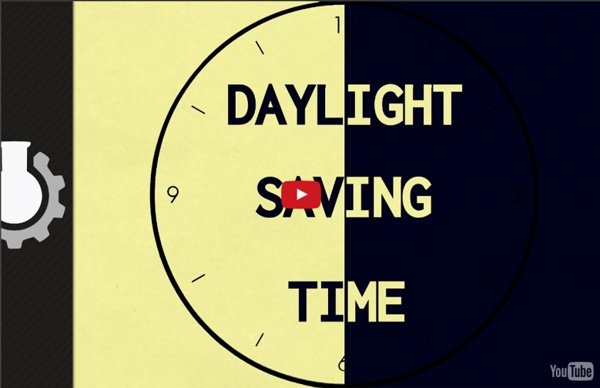



Selfie This EFL lesson plan is designed around a short film by Matthew Frost starring Kirsten Dunst, and the theme of celebrity selfies. Students discuss meeting famous people, roleplay meeting their hero or heroine, watch a short film and discuss selfies and celebrity selfies. I would ask all teachers who use Film English to consider buying my book Film in Action as the royalties which I receive from sales help to keep the website completely free. Language level: Intermediate (B1) – Advanced (C1) Learner type: Teens and adults Time: 90 minutes Activity: Speaking, performing a roleplay, watching a short film, Topic: Selfies, meeting famous people and modern society Language: Questions Materials: Short film Downloadable materials: selfie lesson instructions Support Film English Film English remains ad-free and takes many hours a month to research and write, and hundreds of dollars to sustain. Step 1 Ask your students the following question: Have you ever met a famous person? Step 2 Step 3 Step 4 Step 5 Step 6
Pharrell Williams - Happy Boy (2010) PTAF - Boss Ass Bitch Vidéos mises en ligne de The CGBros Upload TheCGBros.com Subscription preferences Loading... Working... The CGBros ► Play all Uploads from The CGBros by The CGBros 2,518 videos 1,548,274 views Play all History Sign in to add this to Watch Later Add to Loading playlists... Who Owns The Moon? How can film help you teach or learn English? What can film and video add to the learning experience? Kieran Donaghy Opens in a new tab or window., who won the British Council’s Teaching English blog award Opens in a new tab or window. for his post I want to learn English because… Opens in a new tab or window., explains why film is such a good resource, and recommends some useful websites. Language teachers have been using films in their classes for decades, and there are a number of reasons why film is an excellent teaching and learning tool. Learning from films is motivating and enjoyable Motivation is one of the most important factors in determining successful second-language acquisition. Film provides authentic and varied language Another benefit of using film is that it provides a source of authentic and varied language. Film gives a visual context The ‘visuality’ of film makes it an invaluable language teaching tool, enabling learners to understand more by interpreting the language in a full visual context. Lesson plans
Andy Samberg on Jimmy Kimmel Live PART 1 The science of ‘Inside Out’: 5 TED-Ed Lessons to help you understand the film Inside Out, Pixar’s latest animated masterpiece, is not only an emotional rollercoaster, but also a vehicle for some solid scientific storytelling. Of course, the film can’t be taken literally, as it’s a visual interpretation of abstract concepts: memories are not spheres, and the train of thought is not … actually a train. To help clarify the trickier science, we’ve rounded up 5 TED-Ed Lessons that explain some of the neuroscience and psychology introduced in the film. Memories drive both the plot of Inside Out and most of the inner workings of Riley’s brain. This TED-Ed Lesson answers those questions and more with the story of a patient with a remarkable brain. If Joy is the captain of this movie, Sadness is the navigator. Inside Out stresses the importance of sadness—it’s not something we can just push away or blissfully avoid all of the time—because it’s critical for our emotional and social health. What’s so great about a good night’s sleep?
Miranda Cosgrove "First Cut is the Deepest" Cover Five-Minute Film Festival: Virtual Field Trips The dog days of summer are upon us; now is the time when all the other activities have run out. Whether you're a parent looking to entertain bored, overheated children, or a teacher already brainstorming ways to break down the four walls of your classroom in the fall, how about taking a virtual field trip? As edtech writer Audrey Watters argues, real-life field trips offer enriching experiences that virtual ones can't, but resources are not always available for in-person trips. Video Playlist: Virtual Field Trips Watch the player below to see the whole playlist, or view it on YouTube. Expeditions: Take Your Students To Places a School Bus Can't (01:35) Google Expeditions was the talk of the ISTE conference this summer; soon, teachers will be able to get pilot kits that include a set of inexpensive Google Cardboard viewers and a tablet with an app that will send a synchronized virtual reality experience to every student in the classroom -- even without an internet connection.
St. Lawrence University Ghost Hunters Foxfire - questions for discussion